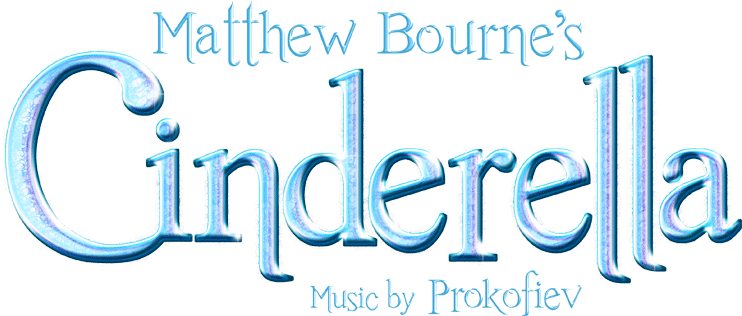Forget the Clock, the Night’s Still Young for Cinderella
From Ancient Greece to 1940s London, the Magic of this Fairy Tale Hasn’t Worn Off

Coming to the Digital Stage: Matthew Bourne's Cinderella, which last played the Ahmanson Theatre in 2019, joins our Digital Stage lineup for five performances only from January 15–17, 2021. The following article was originally published ahead of our Ahmanson run.
Whether you’re a fan of Disney animated movies, classic fairy tales, or have been an Ahmanson subscriber since 1999, you are probably very familiar with the story of Cinderella. Now 20 years later, as we welcome Matthew Bourne and his acclaimed Cinderella back to the Ahmanson—onstage February 5 – March 10, 2019—we’ve traded medieval Europe for World War II-era London, princes for RAF pilots, and dialogue for dazzling choreography. But even without many of the usual trappings, Bourne’s Cinderella still draws the audience into the familiar story of hardship, magic, and true love, and gives us the opportunity to ask what keeps bringing both artists and audiences to this classic tale again and again over centuries.
No matter how long it’s been since you’ve read or seen some version of it, you probably know the gist of Cinderella: the eponymous orphaned young woman lives with her wicked and abusive stepmother and stepsisters. When invitations arrive for a royal ball, Cinderella’s stepmother forbids her to go, but with the help of a benevolent fairy godmother, Cinderella is given an extreme magical makeover, goes to the ball, and meets the prince. The two instantly fall in love, and though they are separated, the prince uses Cinderella’s lost glass slipper to find and reunite with her. Insert happily ever after.
While this familiar version of the story derives from the 1812 Grimms’ Fairy Tales, records of folk tales with similar narratives go back much further, to 1st century CE and the Greek story of Rhodopis. While the details are scant today, the overarching narrative bears uncanny similarities to the fairy tale we all know: a commoner woman, Rhodopis, has her shoe stolen by a bird, who drops it in the lap of a king. Inspired and enamored by both the shoe itself and the circumstances, the king endeavors to find and marry the owner of the shoe.
Similar tales have been recorded across many cultures. There are several versions of similar stories within the Arabian Nights collection, each with slight changes in the circumstances. One Vietnamese fairy tale follows the same narrative structure, but features a wise old man with a magic fish instead of a fairy godmother, and continues the story after the reunion, with the protagonist killed by her stepmother and stepsister. Don’t worry (spoiler alert!), she comes back to life as an oriole, then two peach trees, and finally a woman again.
The general themes and motifs of the stories—a persecuted heroine, benevolent/supernatural forces lending her aid, a lost shoe/token that reveals the heroine’s identity, encountering then eventually marrying a prince
—are so pervasive that some folklorists have given these types of stories their own classification.
Even given its universal narrative, the question remains: what gives the story of Cinderella enough lasting appeal to spawn dozens, if not hundreds of iterations in theatre, opera, film, and television? One aspect could be the motif of a protagonist overcoming and escaping oppressors. The struggle of Cinderella to escape from her wicked stepmother appeals as an instinctively righteous one—the fairy tale has even been used to describe an evolutionary psychology phenomenon.
In developing his version of the tale, director and choreographer Matthew Bourne explained that he honed in on theme of overcoming hardship and circumstance. In discussing Cinderella on our podcast 30 to Curtain, Bourne explained that setting his version during The Blitz worked well because it’s that whole thing of people seeking escapism. You know, ‘dance tonight, we may all die tomorrow!’
Along those lines, maybe the appeal is the same as any romance—the idea that true love finds a way.
Whether it’s 1940s London or ancient Greece, a fairy godmother or magical fish bones, a shoe or…well it’s usually a shoe…the story of the stars aligning to bring two forlorn lovers together is perhaps the most universal fairy tale we tell. Even Matthew Bourne agrees as much: “The piece is about two people finding each other in difficult circumstances.
